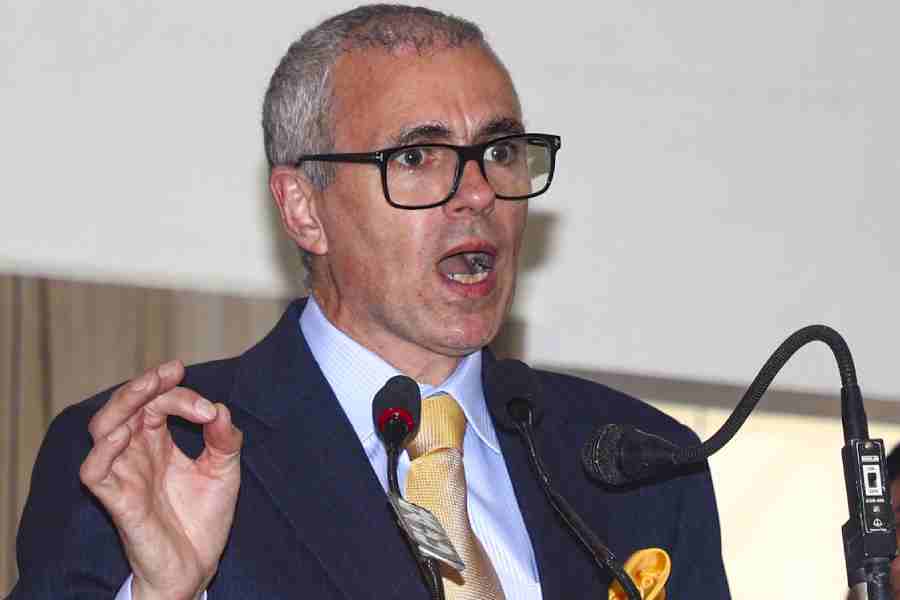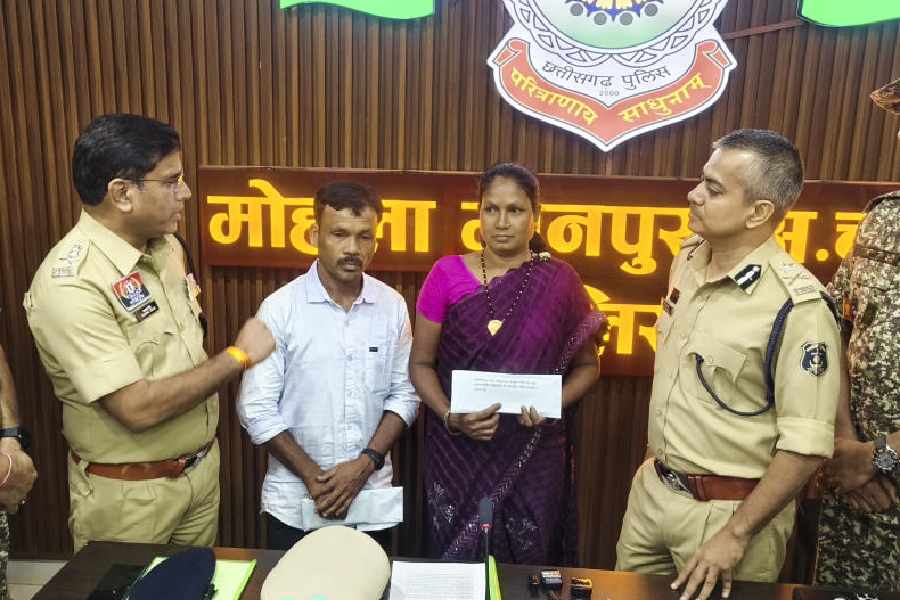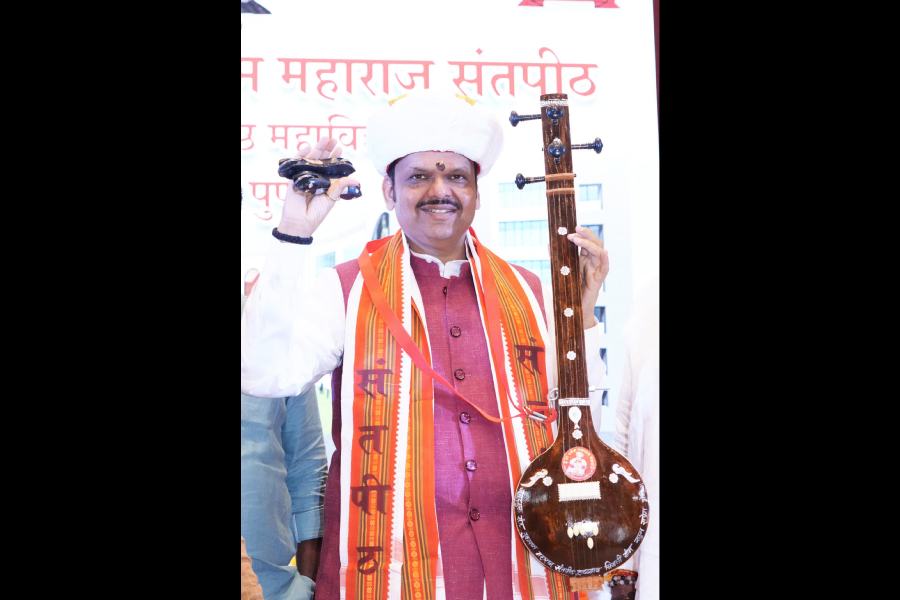 |
| The gateway to U Lum Sohpetbneng that opened on Wednesday. Telegraph picture |
Umiam, Jan. 23: The gateway to U Lum Sohpetbneng or the umbilical heavenly peak, where the mythological Jingkieng Ksiar or Golden Bridge connecting heaven and earth is believed to have been positioned, has a blend of modernity and tradition deeply rooted in the indigenous belief.
The gateway columns, comprising sandstone blocks, rise to support the inverted boat-shaped roof while beneath the roof stands out the symbol of the rooster in all its regalia.
Lying in the vicinity of the picturesque Umiam Lake, the gateway was officially unveiled today by former Meghalaya minister and chairman, Indian National Trust for Arts and Culture Heritage (INTACH), Meghalaya chapter, Aubrey Scott Lyngdoh in the presence of members of Seng Khasi, an indigenous cultural socio-religious organisation.
U Lum Sohpetbneng, 1,434 metres above sea level, is placed at the centre of east Meghalaya comprising West Khasi Hills, Ri Bhoi and East and West Jaintia Hills districts.
It is around 12km from Shillong along Guwahati-Shillong Road of National Highway 40.
From the imposing gateway, which was built at a cost of around Rs 30 lakh, it takes another 6km to reach the pinnacle of U Lum Sohpetbneng wherein lies the sanctum sanctorum, the spiritual and cultural heritage of the Khasi people.
Seng Khasi elder Sumar Sing Sawian says the peak is scripted in the deep-rooted belief of the origin of the Khasi people, fondly calling themselves the Hynniewtrep or the Seven Huts, who belong to the divine family of the 16 huts and nests, traversing through a Golden Bridge linking heaven and earth from atop the sacred umbilical heavenly peak.
“According to the divine decree, nine of the 16 huts and nests settled in their celestial abode while the remaining seven huts and nests called Hynniewtrep were destined to settle on earth as crowned rulers of other creations of the Lord Creator,” Sawian says.
On the significance of the rooster, he points out that the rooster is the harbinger of light, religiously crowing thrice as the sun rises in the east.
“This is according to a covenant reached between the Hynniewtrep and the divine. It was a period when people had transgressed, and the light of the sun, the ‘communion’ link with the Creator, had dimmed, the sun gone into the recesses of the cave of Krem Lamet Krem Latang,” he says.
On the gateway, Sawian says the traditional rustication gateway, reflecting ancient masonry art, stands proud as a major landmark of a creative achievement. It was built under the guidance of noted architect Prabhat D. Sawian.
“U Lum Sohpetbneng is shrouded in an aura of sacredness and sanctity, being the repository of ancient wisdom and values, the fountainhead of deep religious philosophy, zealously guarding the spiritual belief, the territorial integrity and cultural heritage of the Hynniewtrep,” the Seng Khasi elder adds.
An annual pilgrimage to the peak is held on the first Sunday of February under the aegis of the Seng Khasi.
In his brief speech, Scott Lyngdoh highlighted the need to preserve the heritage sites of the state while pointing out that U Lum Sohpetbneng is one of the most significant heritage spots.










